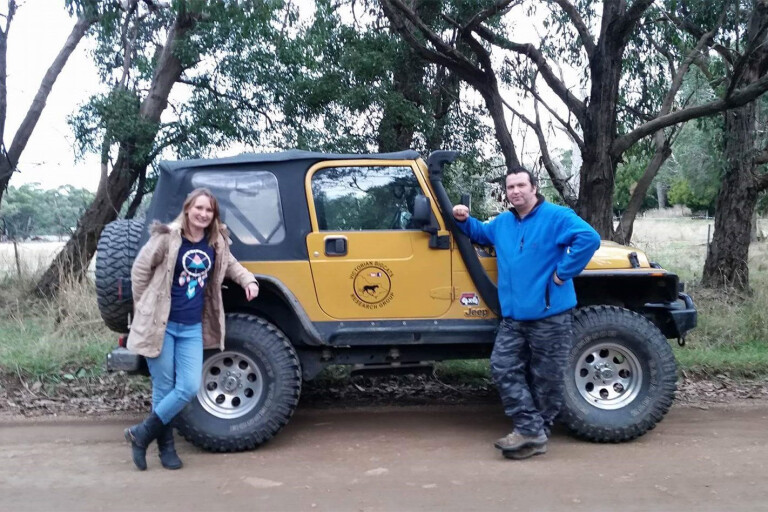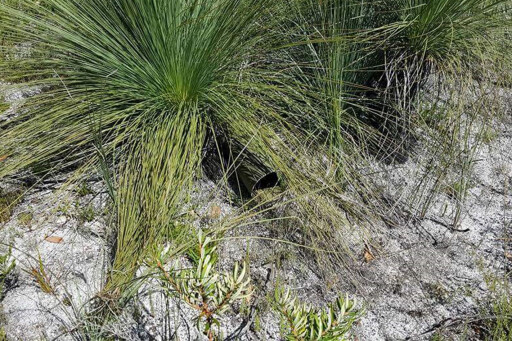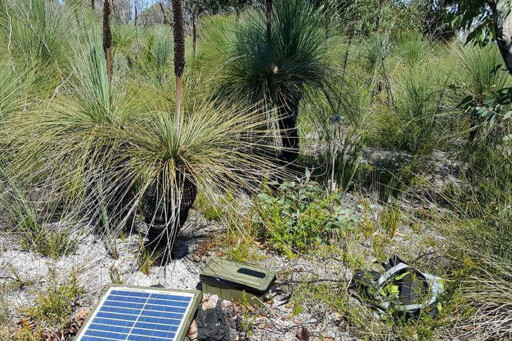
WE ALL enjoy using 4x4s to explore, camp, fish and have fun in some beautiful and remote parts of this country of ours.
However, some of us go even further. Kevin Braunton of the Victorian Big Cats Research Group uses his modified Jeep TJ Wrangler to access remote parts of southern Victoria’s Otway region in search of the ‘big cats’ – panthers and cougars that have been the subject of reported sightings in the area for more than 100 years.
Drive 4 Life, VIC High Country
Kevin and fellow big cat researcher, Sarah Alsop (who has, like Kevin, also spotted an oversized feline in the wild), are behind the Victorian Big Cats Research Group on Facebook and YouTube. The duo spend countless hours and days in Kevin’s Wrangler following old logging tracks and fire roads in the Otways, searching for evidence and setting camera traps that will hopefully prove the existence of these large predators.
Kevin’s route to become a big cat researcher started in 2001, when he glimpsed what he asserts was a black cat roughly the size of a large German shepherd. Kevin said: “The animal was in the middle of the road, but in one seemingly effortless bound it was up an embankment and vanished into the bush when it noticed my car approaching. From that day, my interest in the subject has progressively grown to the point of becoming an obsession.”
 It’s not hard to believe in the potential existence of these animals in Australia. Anecdotal historical accounts dating back more than 100 years are further supported by theories based around the animals being the descendants of escaped zoo animals or – after the 1940s – released mascots from when US military units were based in Oz.
It’s not hard to believe in the potential existence of these animals in Australia. Anecdotal historical accounts dating back more than 100 years are further supported by theories based around the animals being the descendants of escaped zoo animals or – after the 1940s – released mascots from when US military units were based in Oz.
Kevin also mentioned that two safari parks on the outskirts of Melbourne used to breed big cats, until licensing introduced in the late 1970s upped the expense of keeping exotic pets. Kevin theorised that this may have led to breeding pairs being released into the wild.
Footloose: Cat culling in Australia. Conversation or cold-blooded?
The majority of sightings are of black/dark-furred cats, but tan-colouring is also reported. The number of sightings, according to Kevin, has increased in the past few years, and he cited a few reasons for this being the case including that these large predators are territorial so, as the population grows, some animals are being forced closer to urban environments.
He also balances this with an answer to the inevitable question of why we don’t see more, or even dead, specimens. If the animals are out there, the population would still be very small, according to Kevin, with resultant inbreeding due to the limited gene pool causing a shortness of life expectancy, as well as deformities.
2017 Jeep Grand Cherokee updates and pricing
Trying to prove something exists where it never has in the past is a daunting task and isn’t going to happen overnight, but the duo is passionate about what they wish to achieve.
“Our aim at Victorian Big Cats Research Group is to prove without a doubt that big cats do in fact reside in our national parks,” Kevin said. “We believe it’s important that the general public is made aware of a large predatory animal’s presence, so precautions can be taken when enjoying outdoor activities. The last thing we would want to see is harm coming to any of these animals. Besides, eradicating them would not be an easy task.
“Our objective is to get clear photographic proof of these elusive creatures and to do so we set up motion-activated camera traps.”
This is the easy part for the team; luring the animals to within range of the cameras is proving tougher. Kevin and Sarah are currently trialling various scent lures and using a predator-calling device. The solar-powered predator caller they have constructed is activated via mobile phone and broadcasts the distress calls of prey animals, such as rabbits. Future plans include a network of four cameras in each of Victoria’s big cat hotspots. These will be monitored on a monthly basis.
 With their limited spare time (both Kevin and Sarah have young families) it is tough for the team to cover such a large area thoroughly. This provides an opportunity for 4x4 tourers in the Otways (and other remote Victorian regions, such as the Grampians) to get involved. Let’s face it, it’s pretty damn cool, and the young’uns in your family/touring crew will love it.
With their limited spare time (both Kevin and Sarah have young families) it is tough for the team to cover such a large area thoroughly. This provides an opportunity for 4x4 tourers in the Otways (and other remote Victorian regions, such as the Grampians) to get involved. Let’s face it, it’s pretty damn cool, and the young’uns in your family/touring crew will love it.
Even if you never spot one, the idea of a big cat being out in the bush as you are driving along a fire road or camping in a national park is enticing. So, if you are out and about, keep an eye out. What you initially think may be a dingo at the corner of your eye, may well be one of these formidable apex predators. The same goes for any carrion you see; it might be the result of a feral dog/dingo attack, but it could well be something else.
It’s also worth keeping an eye on the Victorian Big Cats Research Group’s Facebook page and YouTube channel. If you do spot something odd, Kevin and Sarah can be contacted at victorianbigcatsresearchgroup@outlook.com.
And if you’re touring the region and see a modified, mustard-coloured Jeep Wrangler, pull over and say hi – you’ll meet two people with a cracking tale to tell.

COMMENTS